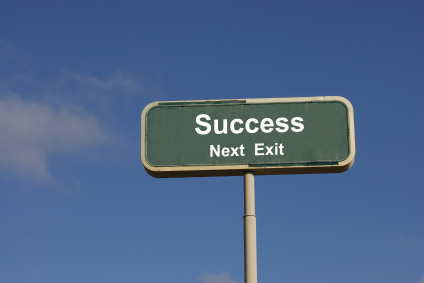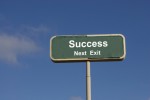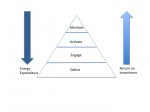A Different Approach to New Year’s Resolutions
Happy New Year!
Have you made any New Year’s resolutions? I have. Research shows people who make New Year’s resolutions are 10 times more likely to meet their goals than people who don’t make resolutions.*
I used to write one or two goals statements because for me a New Year’s resolution was simply a goal I wanted to achieve for that year. Now I do it a little bit differently. Instead of writing one or two goal statements I think backwards and then create a four-word framework.
For several years I have been using a similar technique (the three words exercise) to help leaders understand the boundaries of the Whitespace when embarking on change. This (three-word) technique is a powerful tool for defining and understanding the full scope of any change initiative. However, until last year I had never thought about adapting the technique for my New Year’s Resolutions. The four-word framework provided a useful way of moving forward while accounting for the existing demands of my daily life and operational environment.
Using the framework gave me more flexibility. I was also able to respond better to new opportunities, and I could re-frame challenges more quickly to help me achieve my intended outcome.
One of the words in my 2015 framework was “learn”. The word represented professional and personal learning that I wanted to accomplish last year. It also guided the way I interacted with the world and reminded me to be open to new learning opportunities. I met my professional learning goals (e.g. WordPress), and opened up new learning opportunities for clients (e.g. The Executive Change Leader Course). I also learned in unexpected ways. For example, I learned and continue to learn different leadership skills as I work with a new (millennial) team member. I also learned more about writing, editing, and myself than I would have imagined when I published my first book.
Three Steps to Creating Your Four-Word New Year’s Resolution Framework
Just picking four words won’t give you a useful framework. Think about it like building a house, before you can frame the house you need to know what type of house you are building. Similarly, before you pick the four words that will define your framework you need an intended outcome. Here are three steps for using the four words technique to create or guide your New Year’s resolutions for 2016:
1. Allocate some time to reflect. Ask, What does your life look and feel like on December 31, 2016? Be clear, concrete, and concise. Write down your responses. This is your intended outcome.
2. Work backwards from your outcome. Keeping your outcome in mind, ask, what activities, behaviours or other aspects of my life are different in the outcome I envision from where I am today?
3. Choose four words that best represent, for you, your intended outcome. Write them down and keep them somewhere you can see them. (I keep mine posted above my keyboard).
Again this year, I have chosen four words that will provide the framework for my 2016 intended outcome. I am looking forward to filling in the framework and achieving my 2016 outcome.
Have you made any New Year’s Resolutions?
Wishing you success and happiness in 2016.
Dr. Dawn-Marie Turner
Helping you turn change from a liability to an asset.






Leave a Reply
Want to join the discussion?Feel free to contribute!